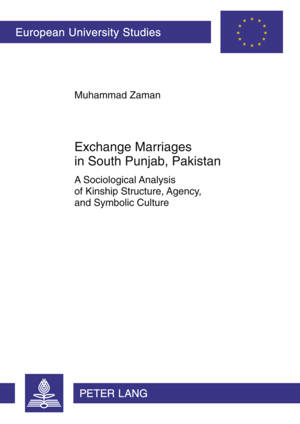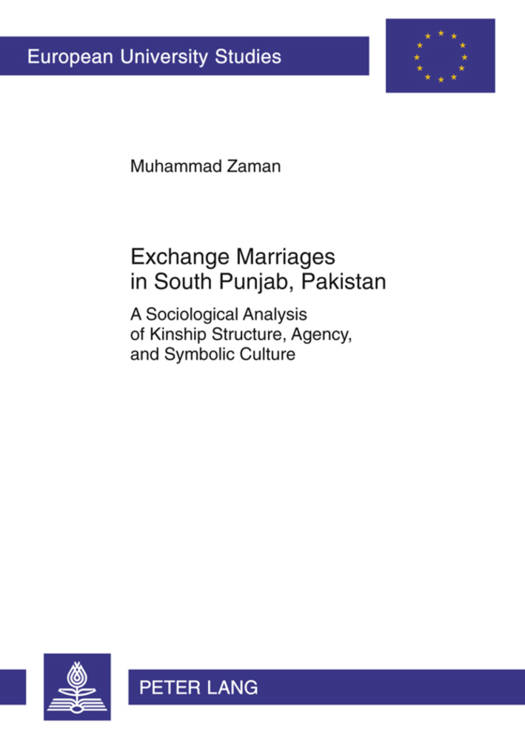
- Afhalen na 1 uur in een winkel met voorraad
- Gratis thuislevering in België vanaf € 30
- Ruim aanbod met 7 miljoen producten
- Afhalen na 1 uur in een winkel met voorraad
- Gratis thuislevering in België vanaf € 30
- Ruim aanbod met 7 miljoen producten
Zoeken
Exchange Marriages in South Punjab, Pakistan
A Sociological Analysis of Kinship Structure, Agency, and Symbolic Culture
Muhammad Zaman
€ 57,95
+ 115 punten
Omschrijving
This book deals with the system of exchange marriages in South Punjab, Pakistan. This system does not only regulate mate selection, but it is also an institutional guarantee of reciprocity, welfare and social cohesion. It connects families by means of one marriage, and also creates a double bond between two (or sometimes more) couples. This establishes specific conditions for stability and possible changes in marriage pattern. Valuation and stigmatization as social mechanisms are used to maintain the system of the exchange. It also shows to what degree new forms of cultural values and new patterns of social exchange come into play, create contradictions and undermine the traditional cultural norms. The study focuses on the interplay between structure, culture, and agency (Archer 1996). Thereby, not only the functions and dysfunctions of the system come into view, but also the conditions under which the system is actively being maintained by different actors; the tensions that it produces between individual and collective perspectives; as well as the cultural and structural conditions under which marriage practices and concepts are gradually being transformed.
Specificaties
Betrokkenen
- Auteur(s):
- Uitgeverij:
Inhoud
- Aantal bladzijden:
- 202
- Taal:
- Engels
- Reeks:
- Reeksnummer:
- nr. 442
Eigenschappen
- Productcode (EAN):
- 9783631635308
- Verschijningsdatum:
- 10/11/2011
- Uitvoering:
- Paperback
- Formaat:
- Trade paperback (VS)
- Afmetingen:
- 148 mm x 210 mm
- Gewicht:
- 289 g

Alleen bij Standaard Boekhandel
+ 115 punten op je klantenkaart van Standaard Boekhandel
Beoordelingen
We publiceren alleen reviews die voldoen aan de voorwaarden voor reviews. Bekijk onze voorwaarden voor reviews.











